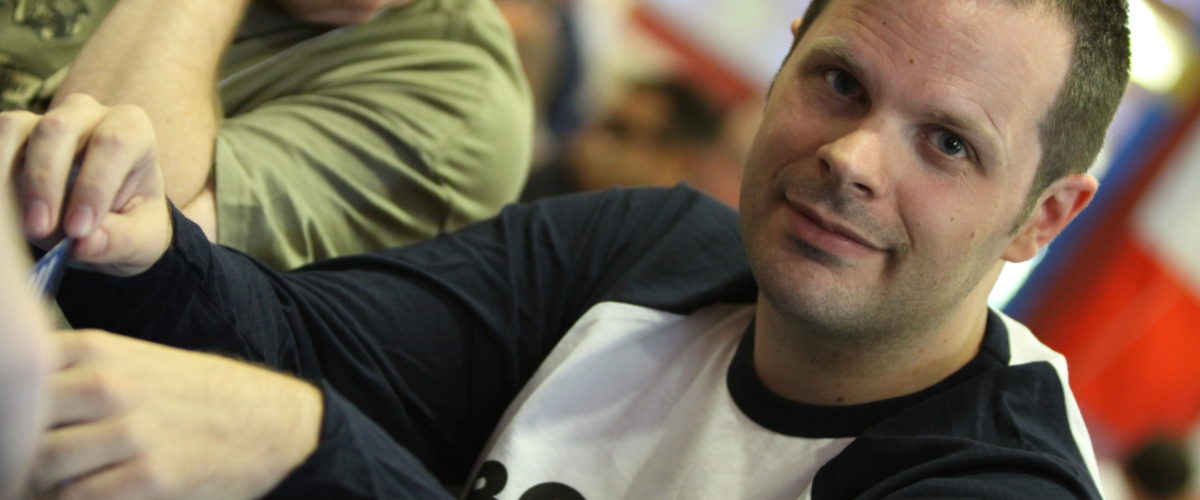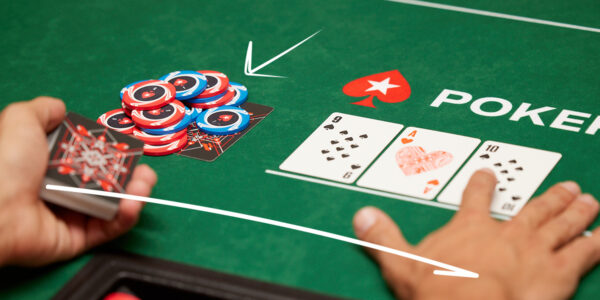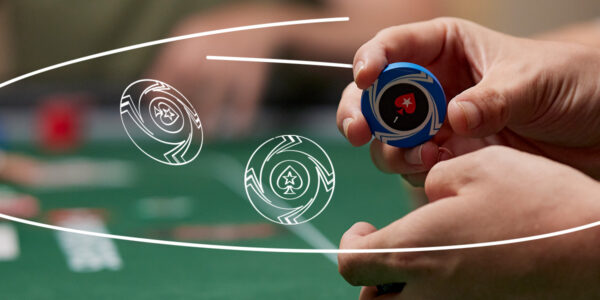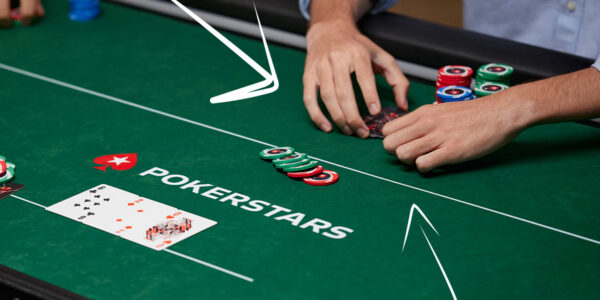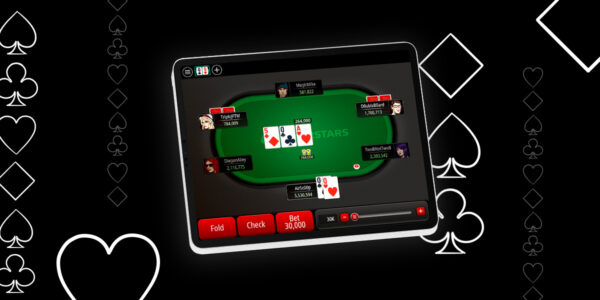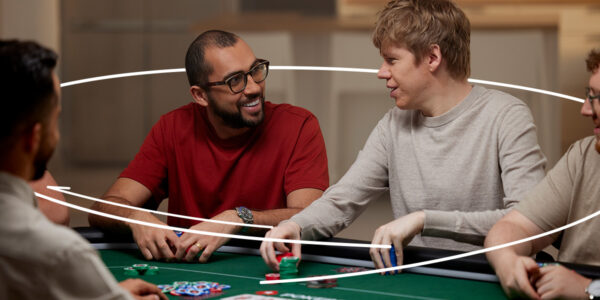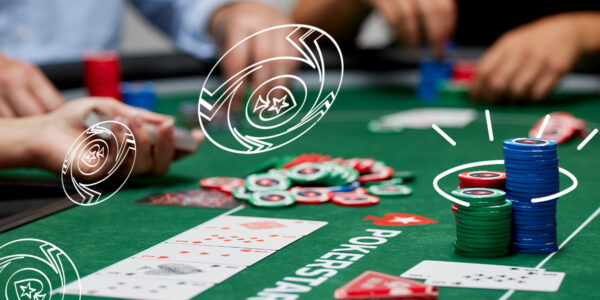Poker Satellite Strategy by Barry Carter
by Barry Carter.
Despite what some may think, satellites are a surprisingly complex form of poker. So much so that I have recently cowritten a book on the topic called Poker Satellite Strategy where we take a deep dive on everything from the early stages right up to the bubble.
Later this month PokerStars are hosting the 13th Anniversary Sunday Million with $1 million to the eventual winner. This is naturally an event you will want to play and thousands of hopefuls will be attempt to do that via satellites. So it is the perfect opportunity to highlight just how nuanced satellites can be, as well as some of the specific adjustments you need to make.

Today I am going to look at the $15 buy-in 100 seat Mega Satellites that are running every night on PokerStars, as those are the cheapest direct routes into the Million.
The target tournament has a $215 buy-in, which means for $15, assuming you do not re-enter, then one in 14 players will win seat, assuming there is no overlay (more on that in a second). You start with 3,000 chips in this satellite and the average stack size would be 14 times that on the bubble, so 42,000 chips. This means that if you have a stack of 42,000 or more and you are close to the bubble, you can for the most part lock up and fold your way to the money. You definitely should avoid any needless confrontations with stacks similar to yours in size, because you can only lose at this point. That includes potentially folding Pocket Aces preflop (we cover when you should and should not do that in detail in the book).
In reality, you can start to tighten up before 42,000 chips, because when you get to the bubble the stacks sizes will be spread out. There will be monster stacks and micro stacks, few players will have an average stack. In our book we advocate aiming to get to 70% of the average cash stack then tightening up, so 30,000 in this case, but in mega satellites where 100+ seats are on offer, you might get away with even smaller than that.
If there is an overlay, wait till the late registration period ends, look at the total number of chips and divide that by 100 (because there are 100 seats guaranteed), and that is your average cash stack. So if there are 3 million chips in play, the average stack would be 30,000 and you can probably start to tighten up at 24,000.
Speaking of late registration, you can register late until 1 hour and 45 minutes. This is important to note in satellites. That would get you to the 200/400 level, or 7.5 big blinds. While that is a massive chip disadvantage, it is instantly profitable from an ICM perspective to late register a satellite. You don’t even need to do a complex calculation to see the sense in this. Let’s say 1,400 players enter the satellite you are playing, 800 of them might have been eliminated by the end of late registration. Now instead of outlasting 1,300 players to win one of those 100 seats, you only have to outlast 700.
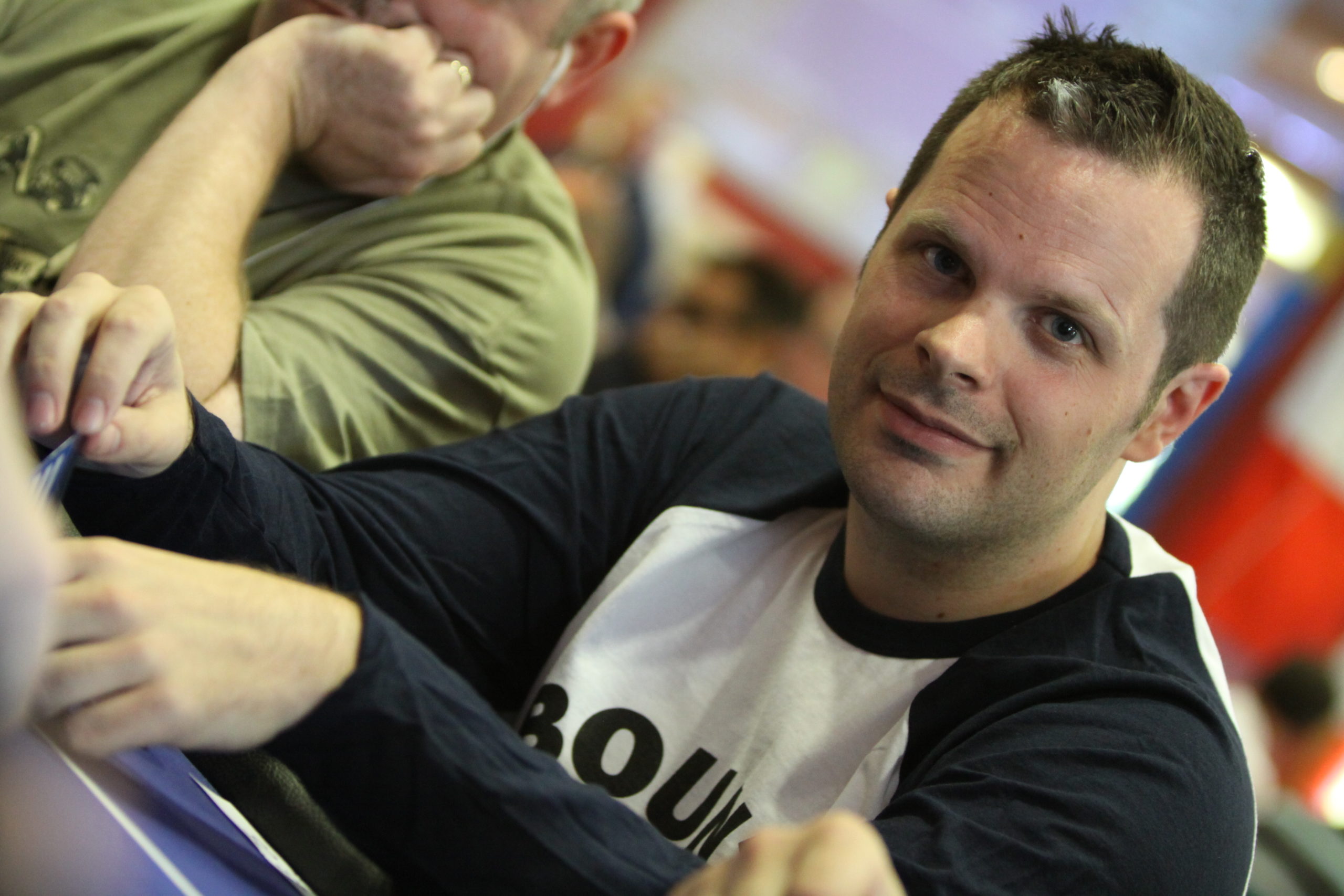
We suggest you late register satellites if you understand your short stack shoving ranges well. However, 7.5 big blinds is VERY short and you really need to understand those ranges. So in this particular satellite if you don’t mind the variance of late registering, look at the blind level you think you are comfortable coming in at (for example 20 big blinds) and late reg for that one. This satellite actually has quite a slow structure (10 minutes) so if you prefer deep play, by all means reg early because the field should be quite soft.
One final note and that is the closer these mega satellites are to the day of the tournament, the softer they will be. You can safely assume that the last chance satellite on April 14 will be way softer than the satellite on April 4. Not only do the last chance satellites attract more ‘weekend warriors’ but the better players in these $15 satellites will have already qualified so won’t be in the field when you play the last chance.
I’ll be back again with a broader article on understanding satellite strategy but until then the lesson to take away from this is that game selection in satellites is both nuanced, important and largely overlooked.
Condimentum Nibh
Donec sed odio dui. Cras mattis consectetur purus sit amet fermentum. Vestibulum id ligula porta felis euismod semper. Curabitur blandit tempus porttitor.
